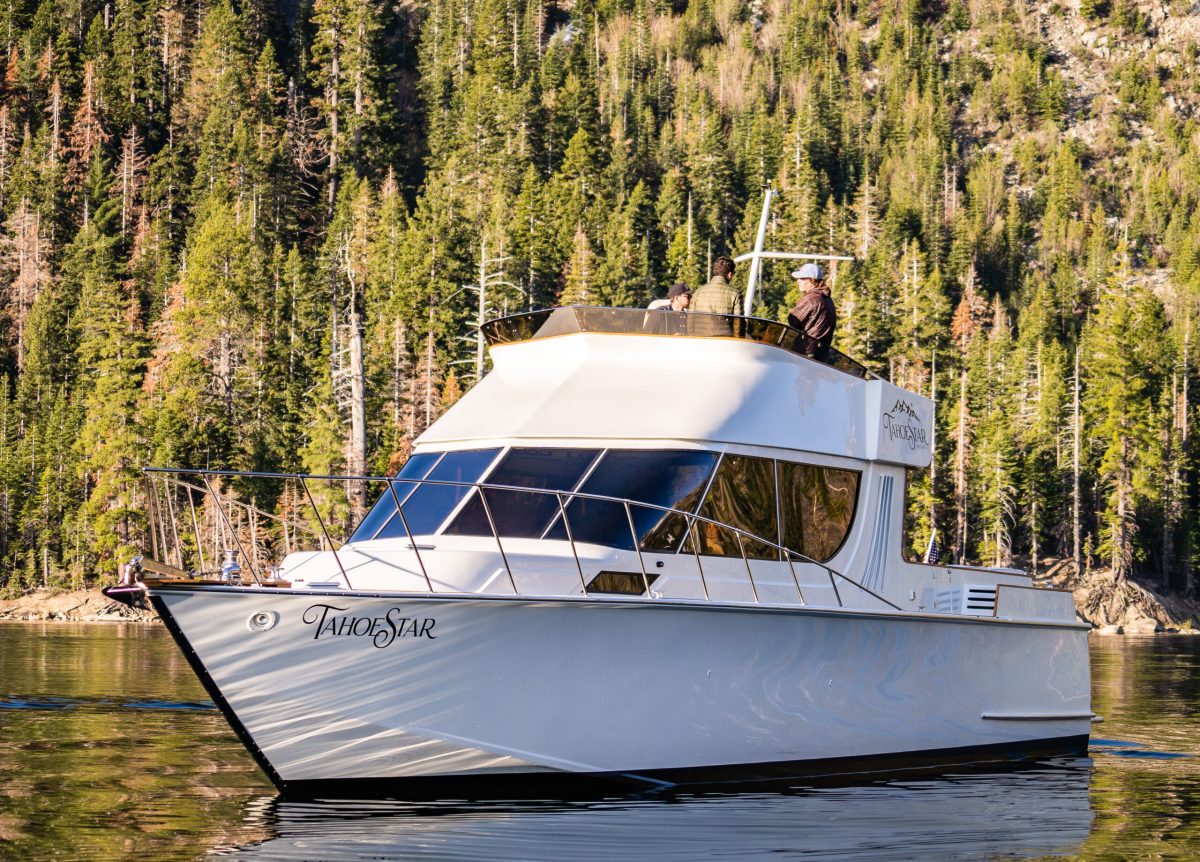Desert Peaks & Wild Horses: Hiking the Virginia Range in Nevada
The Virginia Range in Nevada offers an adventurous blend of rugged desert peaks and encounters with wild horses roaming freely. This guide helps you prepare for a rewarding hike that balances spectacular views with practical trail tips, making it accessible to both casual trekkers and seasoned hikers.
Trail Tips
Hydrate Thoroughly Before and During Your Hike
The dry Nevada desert saps moisture fast. Bring at least two liters of water, and consider extra for hotter months. Electrolyte tablets can help replace vital salts lost through sweat.
Wear Reliable Footwear with Good Traction
Trails vary from loose scree to rough granite; sturdy hiking shoes or boots with ankle support reduce the risk of injury and improve grip on uneven terrain.
Start Early to Avoid Afternoon Heat
Desert heat peaks midday; beginning your hike before sunrise helps you avoid the harshest conditions and catches cooler temperatures and softer light for photography.
Respect Wildlife and Maintain Distance
Wild horses roam freely and are sensitive to human presence. Keep a respectful distance to avoid disturbing them and help preserve the natural balance.
Desert Peaks & Wild Horses: Hiking the Virginia Range in Nevada
Rising sharply from the arid floor of western Nevada, the Virginia Range challenges hikers with rugged peaks and a wild spirit fiercely its own. Here, the wind carries the echo of wild horses as they roam the scrub and sagebrush—each hoofbeat a reminder that this landscape claims its travelers on its terms. The main routes through the range cover anywhere from 6 to 12 miles, with elevation gains between 1,500 and 3,000 feet, offering a physical test balanced by sweeping panoramic views of the Great Basin.
Trails shift beneath your boots, from rocky inclines to sparse pine patches that briefly hold back the stark desert sun. The air is dry, the colors muted earth tones broken only by bursts of wildflowers in the spring or the sudden flash of a mustang disappearing over a ridge. Climbing Mt. Davidson, the highest point in the range (7,864 feet), rewards you with a commanding perspective over Washoe Valley and beyond.
Water sources are scarce—plan for at least two liters per person—and sturdy hiking shoes with solid ankle support are essential on the loose scree and jagged granitic outcrops. Start early to beat the midday heat and stay alert for sudden shifts in weather; the desert can turn sharply, with afternoon thunderstorms rolling over the peaks in summer and wild winter winds testing your stamina on colder days.
Camping is possible in designated spots, but permits may be required, so check ahead with local land management offices. Wild horses often graze along ridge lines or in hidden basins, their presence both wild and serene, adding a layer of living history to the terrain’s rugged solitude. The Virginia Range isn’t merely a hike; it’s a measured dance with a landscape that dares you to respect its toughness and rewards your effort with a wild encounter and a sense of remoteness few places in Nevada can match.
Recommended Gear
Hydration Pack or Water Bottles
Maintain hydration with easy access to water during the hike, critical for dry desert conditions.
summer specific
Hiking Boots with Ankle Support
Protect your feet and provide stability on unstable and rocky terrain found throughout the range.
null specific
Layered Clothing
Temperatures can shift sharply; layering allows swift adjustment to changing weather and temperatures.
fall/winter specific
Sun Protection (Hat, Sunscreen, Sunglasses)
The Nevada sun is relentless, even in early spring and fall, requiring comprehensive sun protection.
spring/summer specific
Frequently Asked Questions
Are permits required to hike in the Virginia Range?
Generally, no permits are necessary for day hiking; however, if you plan to camp, check with the Bureau of Land Management or local land offices for any permit requirements.
How do I best spot wild horses during my hike?
Wild horses tend to gather along ridge tops and near water sources at dawn or dusk. Move quietly and keep distance to avoid startling them.
What should I do if the weather suddenly changes?
Seek lower ground and avoid exposed ridges. Carry a weather radio or check forecasts before starting, and be prepared to turn back if conditions worsen.
Is the terrain suitable for beginners?
The Virginia Range offers moderate challenges; some trails are accessible to beginners in good shape, but rocky surfaces and elevation gains require caution.
Are there any water sources along the trail?
Water is scarce and often absent, so carry ample supplies and do not rely on natural sources without confirmation from recent trail reports.
What wildlife can hikers expect besides wild horses?
Look out for mule deer, coyotes, various raptors, and smaller desert mammals. Early mornings provide the best opportunity for sightings.
Nearby Experts
Local Insights
Hidden Gems
- "Little Washoe Lake overlook, providing a quieter vantage point with views of the desert below"
- "Hidden slot canyons on the eastern slopes with fascinating rock formations"
Wildlife
- "Bands of wild mustangs roam the range, and birdwatchers may spot golden eagles or peregrine falcons hunting overhead"
History
"The Virginia Range was a hub during the mid-1800s Comstock Lode silver rush, leaving behind ghost towns and mining relics scattered in less-trodden areas."

